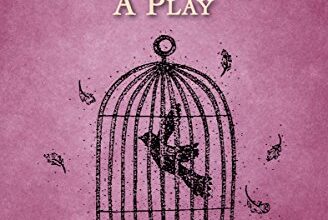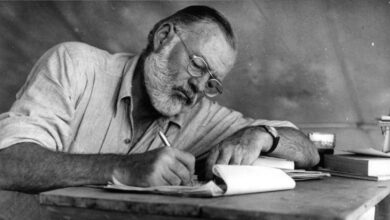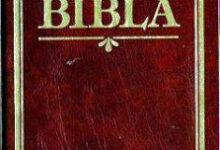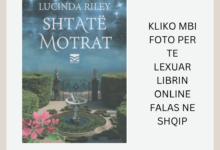Hemingway Elder and the sea
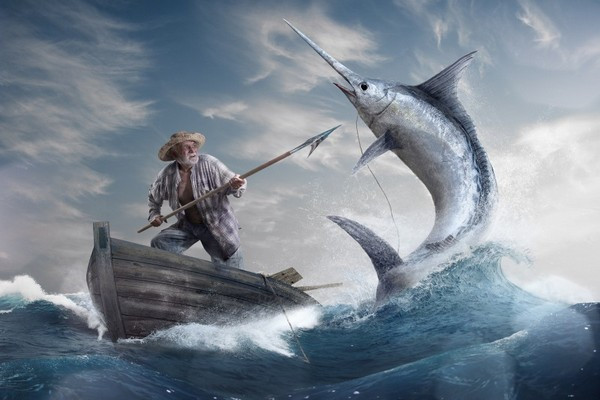
Hemingway Plaku dhe deti

Comment by Xhevat Lloshi
The Elder and the Sea is a story about the strength and dignity of the human soul. With his symbolism he addresses the great question, how far man must go, how far he must dare. For Hemingway, man, even when he knows that he will overcome the ordinary, that he is treading beyond it, in the realm of unequal fighting, even of death itself, has no reason to retreat without trying. It is better to come back defeated after trying the match, after showing that you have the courage to do it, than to fail without doing the test.
The old man of the sea tells us that he achieved what no one else had done and it does not matter that he did not even bring the fish meat to eat. It was not a temptation to bring something to eat, but to bring a test of courage and pride. It is an event on the verge of the impossible, from which the fisherman has returned victorious.
In this sense, the story had an attractive force for a writer, like Kadare, who more than once in his work goes to the border of the impossible, even to the border between life and death. Constantine rose from the grave to cross the border, that he liked new ideas, he was caught with passion, sometimes taking them to the edge. For Stress, Constantine and Doruntina had tried to break the laws that keep living beings stuck, they had tried to break the laws of death, to achieve the impossible.
Elder Hemingway goes too far to show what a man is capable of doing and what he can endure. In his philosophy, you can annihilate man, but not defeat him. Ordinary people do not even notice that in their daily conversation they translate. When someone asks: What do you mean by that? What does this mean? Where do you throw my word? I do not understand you.
He seeks to translate what he has just heard. In addition to the external translation from one language to another, there is also an internal translation, within the same language. Ismail Kadare is the master of this internal translation in his work. Not only in cases where he directly marks in the same place essay and treatise, process and development, but also by turning this into literary gain.
In the “Bridge with three arches” the words of the four languages are placed next to it: “Tonight is exactly evening. It is neither evening nor soir, much less old, but it is evening.” In the same work, through an archaic stylization, the targeted autonomy platoon was built, which is in fact a “translation” of the real platoon used by Soviet leaders after the invasion of Czechoslovakia: limited sovereignty, and has done so with the historical compromise platoon turning into a historic two-way release.
Kadare even translates his own fabrications, as we find a case in the same work: Nulbytymin, which could be translated in some way with the word zero. Following this line of thinking, we will be convinced that the writer’s connections with translation are deeper than they seem. He regularly does translation, explanation, interpretation, interchange or commutation.
Creativity is not a reflection of reality, but a reinterpretation of it, it can not be judged how faithful it is to history, but how much it reveals to us an artistic message where we see and hear, but little understand; we need dragoman to grasp the message and that is a fairly common word in Kadare’s work. In this sense, the writer is always for us also a translator, from ordinary discourse to artistic language.

